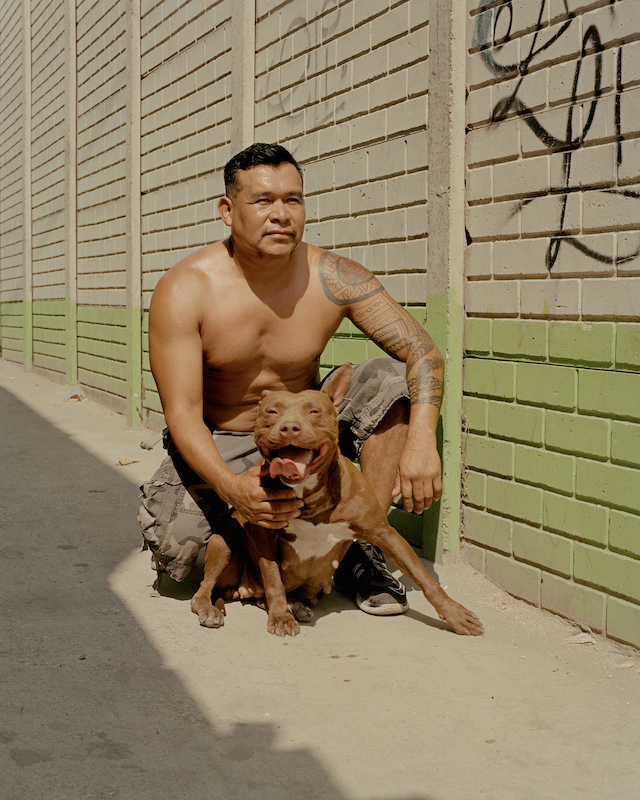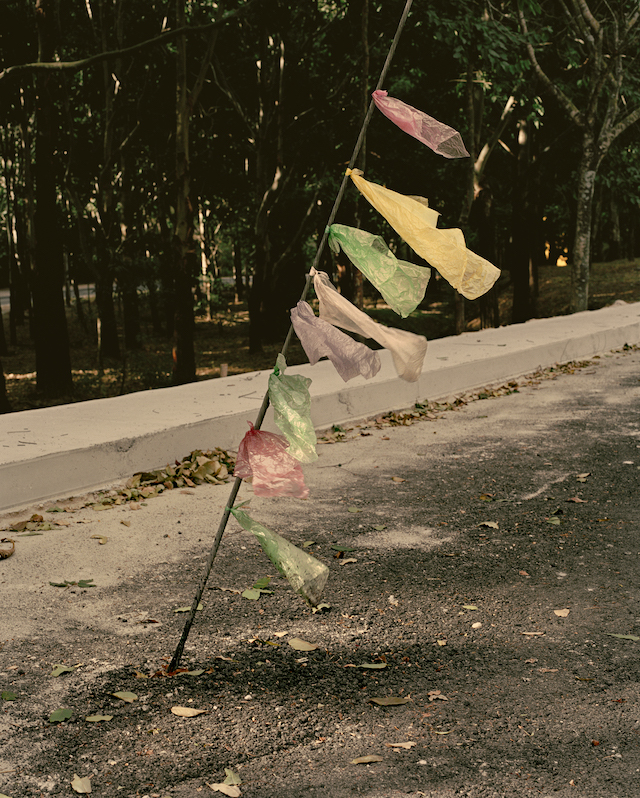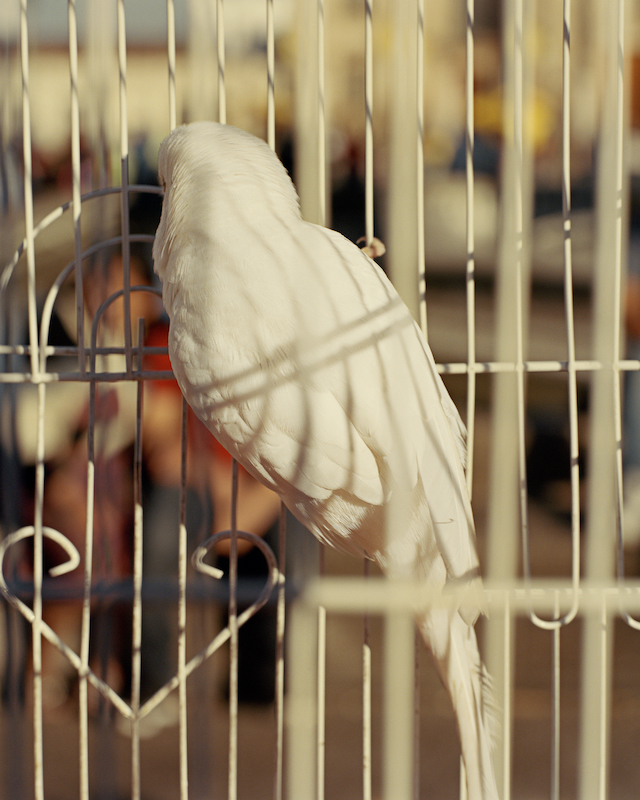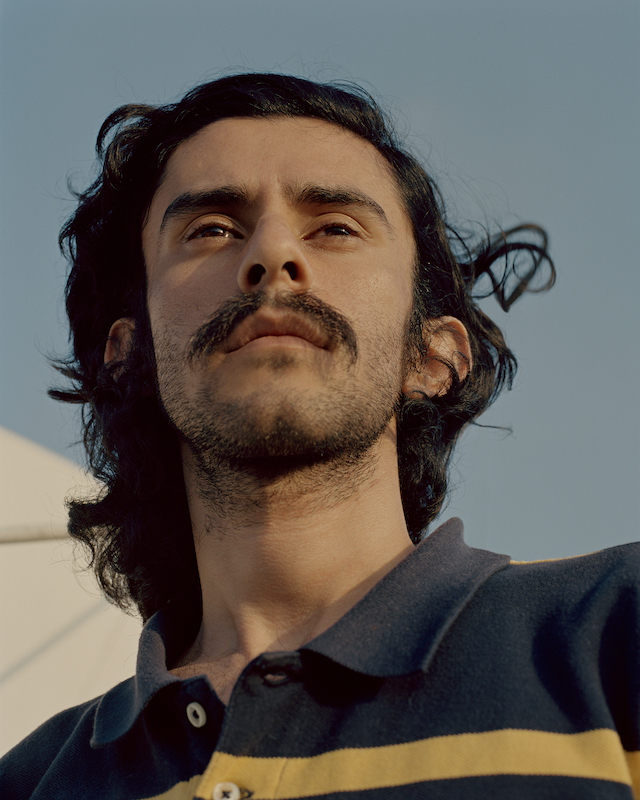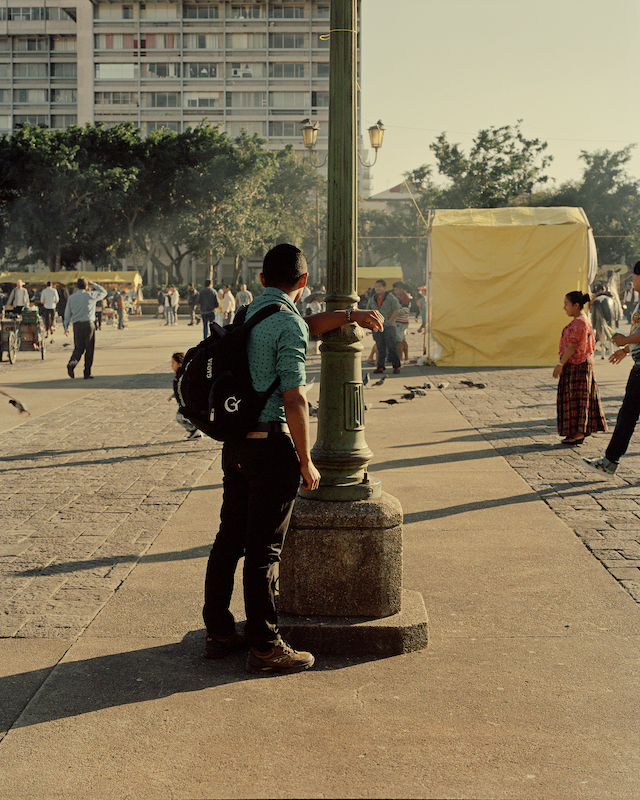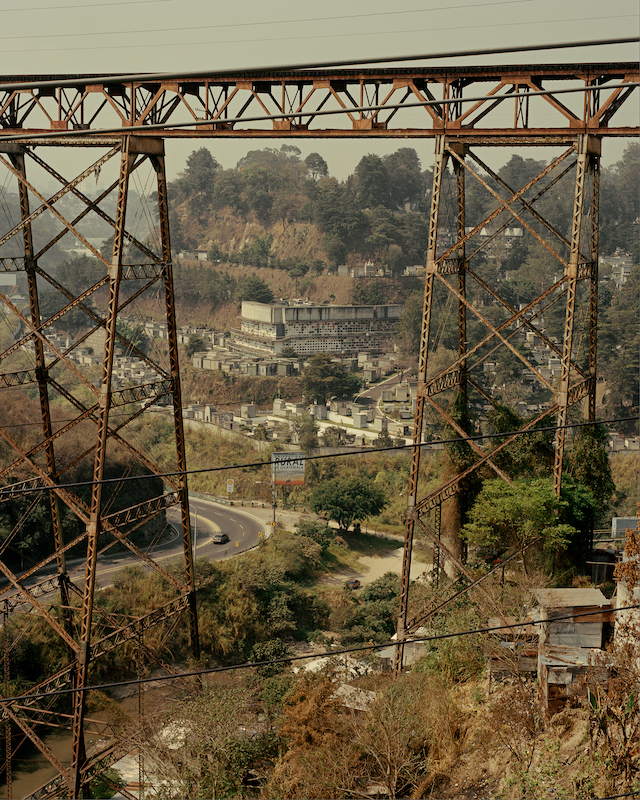Juan Brenner documents the oddities and geography of his hometown in Guatemala City
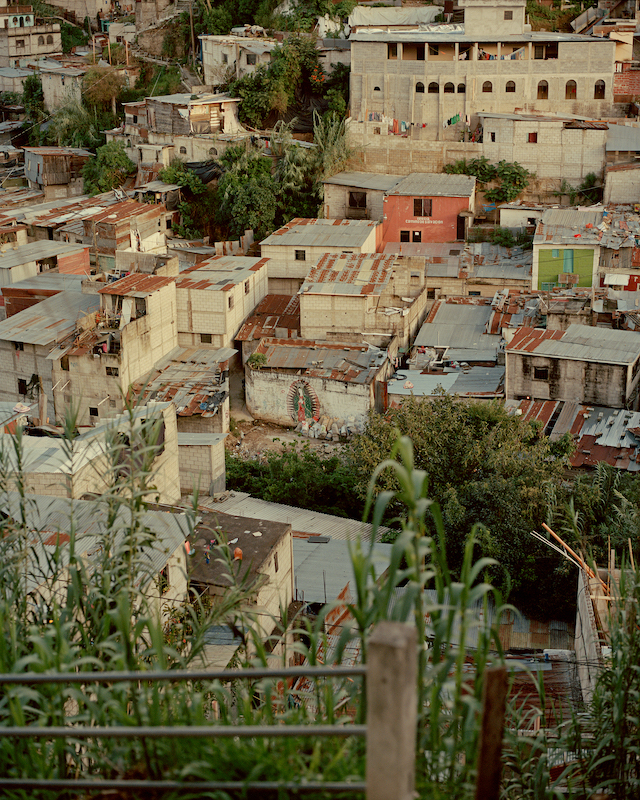
Guatemala is a mountainous country with vast and hilly valleys, where sand dunes and deserts make up all but a small fraction of its landscape. It’s also home to 30 volcanoes, three of which still remain active. But it’s not just the eruptions that have continued to cause concern. Alongside years of war and colonisation, Guatemala endured a catastrophic earthquake; one that shook the city and left the majority of its structures in ruin.
Within Juan Brenner’s book The Ravine, the Virgin, & the Spring, he seeks to capture this voluptuous and shattered geography of his hometown, Guatemala City. An ode of some form, the book, published by Pomegranate Press, arrives as his latest instalment of work in the Central American country – following his debut publication Tonatiuh, and Genesis, a series lensing the highland’s younger generation.
Guatemala is a location that Juan could spend days talking about, let alone photographing. “But being pragmatic,” he says, “I could say Guatemala City is the result of bad planning and beautiful weather.” In the early 1700s, for example, the city was designed to house 100,000 people and its horses. Socio-political decline meant that the planners decided to insert the city into a small valley, surrounded by ravines and mountains. So instead of your typical stream or waterway, there was a growing population in its banks. “Now, there are almost three million people here, so it’s pretty hectic. Our internal conflict really made our urban development stagnated and if you add a massive earthquake that destroyed more than half of our infrastructure to that mix… ”
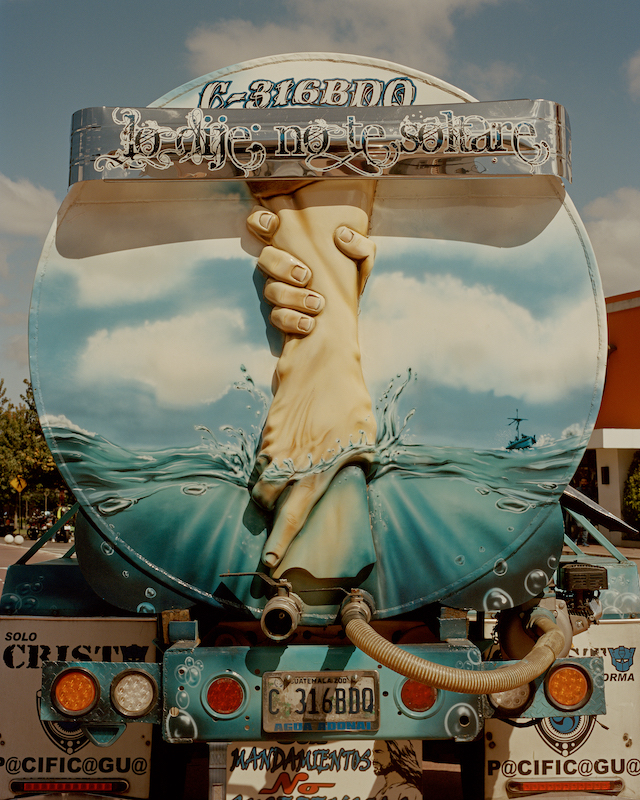
“… It’s beautiful though,” Juan continues. “The old part of the city has amazing neoclassic architecture (some of it is really run down), beautiful churches (Catholic presence is essential in our landscape) and probably the best weather in the world (Guatemala is called ‘the land of eternal spring’). It’s odd and dangerous; gorgeous and inspiring.”
Born and raised in the municipality, Juan is a photographer who hails from a “very typical middle-class Central American family,” he tells us. He began making images during his teenage years in the 90s, snapping his friends and those he’d be intrigued by on the street. Although, he had a strong inkling that his style wasn’t quite going to make the cut in the Guatemalan photography scene, which provoked him to pack his bags for New York to work as a fashion assistant. Almost 12 years later, Juan was a fully-fledged fashion photographer and, as events go, life got a little hectic: “the whole NY thing kind of got the best of me; I had to change my lifestyle and decided to come back to Guatemala for a while, then I decided to stay for the sake of my rehab process and also kind of abandoned the idea of photography. I took a seven year hiatus from shooting personal projects, and I started shooting again three years ago.”
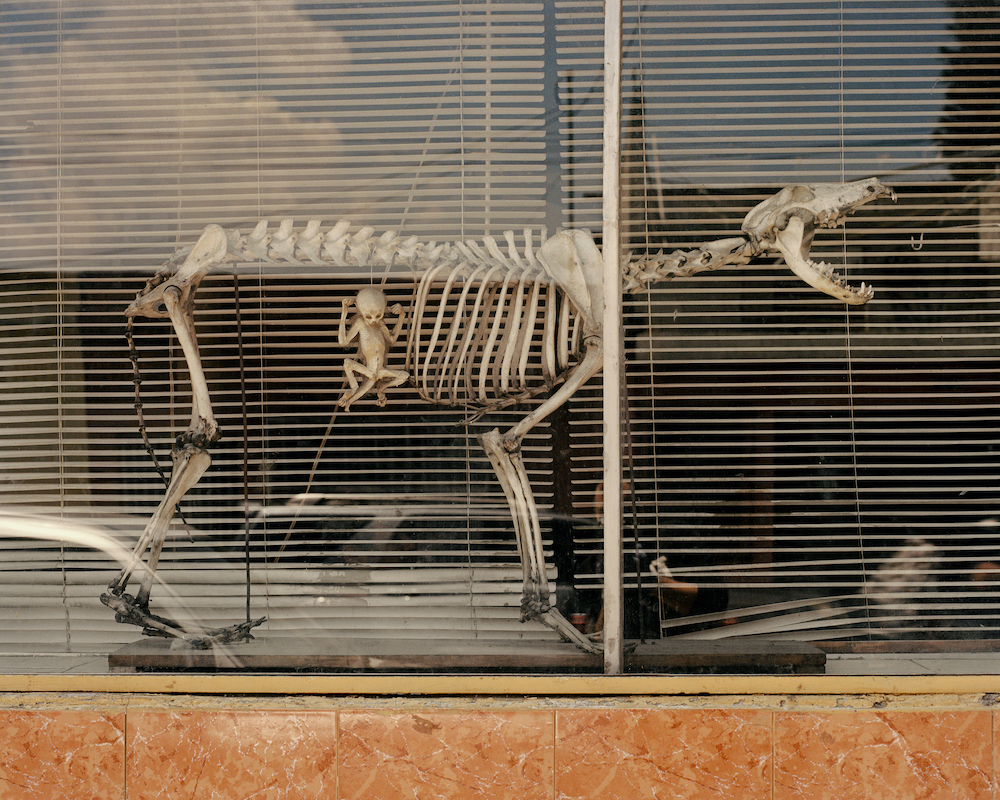
Even though Juan came into his medium almost by accident, it’s something that he relies on wholeheartedly. Or, as he puts it, it’s given him a “second chance”. He adds: “I’m trying to stay away from whatever makes me feel comfortable and just exploring new ways of capturing images.” Plus, having been away from the city for some time, his comeback was almost like an awakening: “I intentionally kept away from my territory and my upbringing in order to blend in the international market, but it was about time to come back and experience my reality.”
As such, The Ravine, the Virgin, & the Spring is more than just your typical documentation of sorts. It’s characteristically sun-drenched, littered with unexpected and discrete occurrences – the type that the untrained eye would usually miss. And what at first might be perceived as a typical marriage of street photography paired with artful landscapes, is in fact Juan’s own personal meanderings through a place that he knows too well, and one that he documented for months with his large analogue camera at hand. The project was also created as a means of comfort; he’s made himself a “bubble”, or a safe space, in which he feels “numb” to the oddities and realities around him.
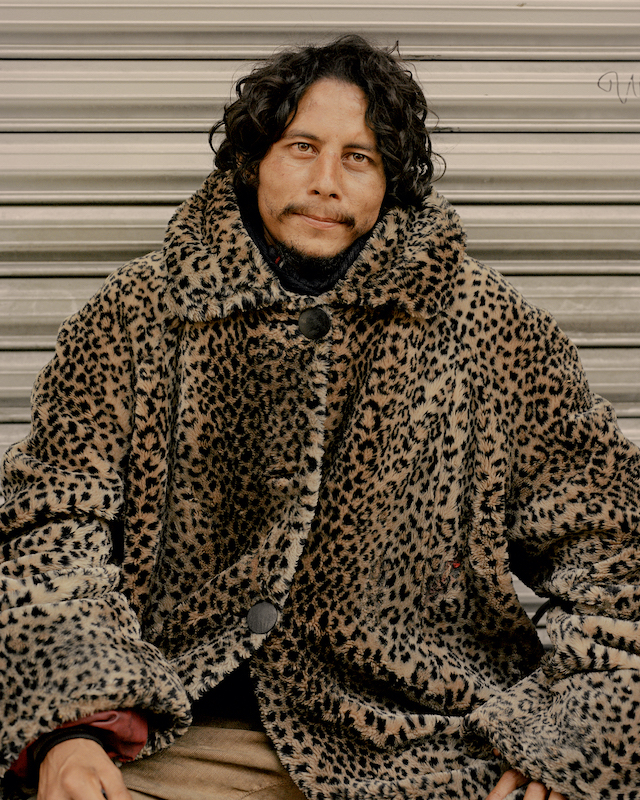
Shot between the seams of the hilltops and its architecture, you’ll notice the daily goings on with the city’s inhabitants. This includes a “dude” sporting a leopard coat, a man that regularly strolls this historical part of the city. “He is really mellow but evidently in trouble, both physically and mentally; I feel really connected with him, and I see myself in that portrait. He’s also so stylish!”
A further shot presents a piece of fabric tied to a vehicle’s rearview mirror, which visually paints a narrative of how the photographer views the city. “We’re not super rich and we don’t shine, but somehow we improvise to make everything work. We might not be the prettiest but we function; it is an extremely fragile rhythm but we have it down.” Elsewhere, there’s a photo of the slum, featuring the virgin mural. “The small valley where the city is built is called ‘The Valley of the Virgin’, so it’s a magical and perfect metaphor for our reality.”
Since Juan returned to the city, it’s safe to say he’s experienced a fresh start. He’s also now represented by Rocket Science, and enlists a medley of projects in the pipeline. And let’s not forget an additional upcoming book set to release at the end of the year, a project that’s connected to Tonatiuh – looking at the conquest and invasion of his home country, plus “the terrible repercussions of the colonial process in the Americas.”
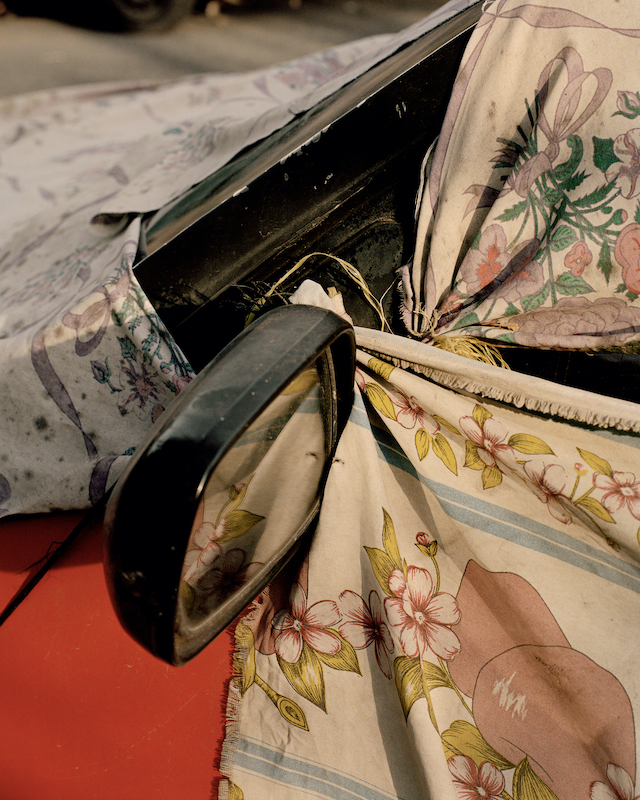
Yet despite all of this, Juan’s reasons for leaving in the first place still remain closely in tact, and he’ll always be battling against the barriers laid in front of him in terms of artistic freedom and expression. “It’s complex,” he explains, “on the one hand I’m doing everything for me. I’m trying to execute ideas that make me a better person and ground me, but on the other hand I want people to see where I come from and my view; my work is not 100% welcomed in Guatemala, the topics and that ‘numbness’ I mentioned before keep most of the people away from my work, especially the ‘elite’. My work is definitely more appealing to American and European audiences and I’m aware of that. I feel comfortable with what I have to say and conscious of the responsibility it carries.”
